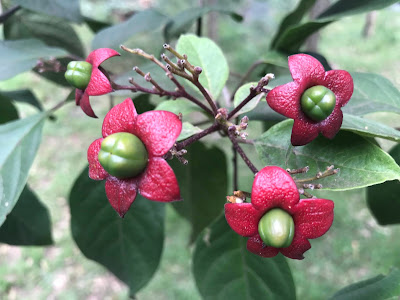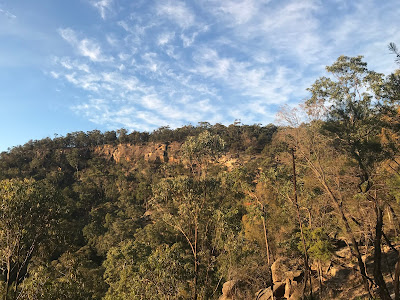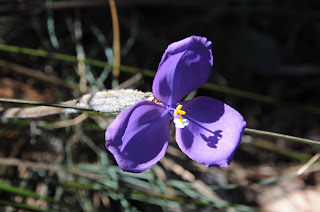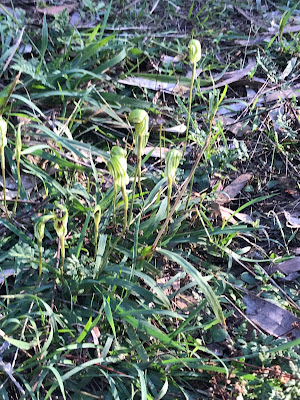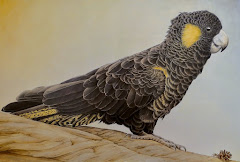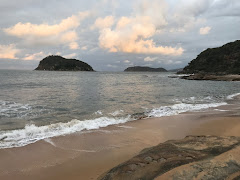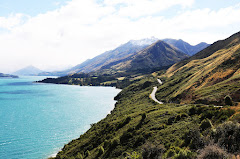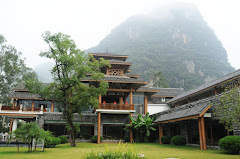We're in Victoria's Sun Country region at Barmah, looking at maps showing off-road tracks, significant wetlands and camping spots along Dhungala, the Murray River, Australia's longest and the third longest navigable river in the world. With or without the impressive statistics, this particular area is quite simply stunning, too good not to share.
 |
| Dhungala, the mighty Murray River. (Image ©AP) |
This is an assignment that's brought us to the wider region without a fixed prior plan and it's a luxury to go as we please, choosing accommodation to suit. Barmah, the only Victorian town north of the Murray (I still haven't worked that out!) is on our radar as it is beside the river with a connecting bridge to NSW. The Barmah Bridge Caravan Park has cabins and the kind owners give us the spotless Cockatoo cabin a short walk from both the riverside and the Barmah Hotel – we're just in time for dinner at 6pm. The hotel bar/dining room has historic photos around the walls and it seems that bushranger Ned Kelly played cards here. We're masked up because of Covid – maybe cause for a philosophical discussion with Ned here?
There's hardly anyone about as the VIC/NSW border only opened the day before we arrived so we're beating the crowds, lucky to find this place to stay ahead of what is shaping up to be a huge weekend for camp grounds and accommodation along the river. Nine hours' drive from Sydney via Wagga Wagga and along back roads through plains of golden wheat fields – it's been long day reaching the heartland of Yorta Yorta country, but there's still time to wander by the river at dusk, to the tune of a cacophony of corellas!
Pre-dawn we're heading in to the Barmah National Park where the Barmah-Millewa river red gum (Eucalyptus camaldulensis) forests meet the Moira and Barmah Lakes systems. There's movement in the trees and a group of brumbies appears, ghostly shapes blending effortlessly into the setting, as do the kangaroos and emus we see along the way. The brumbies have had a reprieve from the planned muster the following weekend, cancelled due to Covid. The heritage listed Muster Yards stand empty.
Tracks to the left lead to flooded areas but we hope to drive the loop road without incident. No such luck, the road ahead is closed, even to our rugged 4x4 with an intrepid driver! Backtracking we follow loops and turns to the river, where camp sites beckon and the idea of settling in to camp for a few nights is extremely tempting. There are huge trees and everywhere a sense of calm, as if every part of this place is sacred and protected, which it obviously is. There are canoe and shield trees, scarred trees, markers, cooking mounds and ceremonial and burial grounds. Signs for an interpretive walking track from the Dharnya Aboriginal Centre (closed) help visitors focus on details it would be easy to overlook, such as how the burls on the huge river red gums are formed.
 |
| Brumbies and burls. (Image ©AP) |
 |
| Self-guided trails. (Image ©AP) |
Still looking for the lake system we try several tracks, finding car parks on the edge of the river but still no lake. Parts of the forest are flooded, the dark waters reflecting the trees in a mesmerising fashion, like a mystical/magical film setting. Backtracking again we follow another side road and find a large group of fishermen poised to launch their boats. This is Barmah Lake and it's sensational, the river widening, lined with beaches and reed beds, reflecting the clouds from its calm surface.
 |
| Stunning Barmah Lake. (Image ©AP) |
Following tracks back beside the river we pass named points that are obviously favourite camping spots, a few occupied with campers looking decidedly happy and relaxed. No doubt they'll have the luxury of time to experience the fascinating features of these significant freshwater wetlands, recognised under the international Ramsar convention and home to around 550 plant species, more than 200 species of birds including Superb Parrots, mammals, frogs, native fish, turtles and much more.
Reluctantly we leave the park for our next location at Moama in NSW opposite the historic VIC river port of Echuca. Our choice for the next two nights is a yurt at the eco-friendly Talo Retreat, the glamping section of the large Moama on Murray Resort offering, the Talo Retreat video says, an experience you will never forget. Biking and canoeing are options or just lazing, swinging in a hammock, looking out for parrots and kangaroos. But there's no relaxing for us today as we must be elsewhere and leave as the place fills up with a film crew and two media groups. Luxury glamping facilities are among the future plans for the resort, we're told.
 |
| Yurt at Talo Retreat. (Image ©AP) |
 |
| Barmah Hotel. (Image ©AP) |
After a busy couple of days we're due to head north again, but somehow we're drawn back to the Barmah National Park and happily there's a vacancy for one more night at Cockatoo cabin! I'm not sure why I feel so elated but we'll have another opportunity to enjoy the great bacon and egg rolls at the Barmah Post Office/store and it's like going home for a meal again at the Barmah Hotel, experiencing that timeless sense of reality that country Australia has to offer if you can slow down a bit and tune in to the surroundings. It's all so uncomplicated, very simple and very real.
Back on the tracks, driving through the river red gum forest beside the Murray, we again experience the sense of peace and presence and an atmosphere of wellbeing that will definitely not be forgotten.








